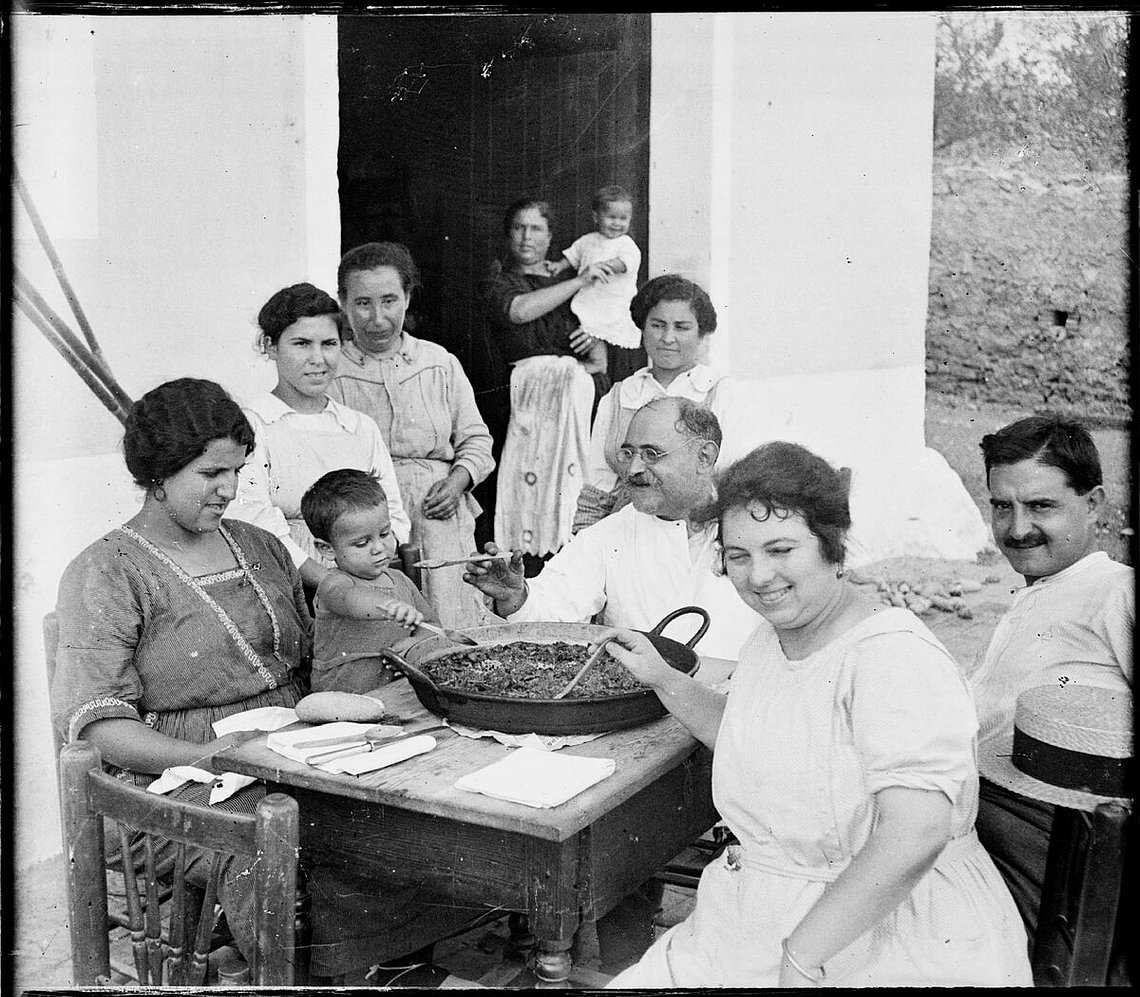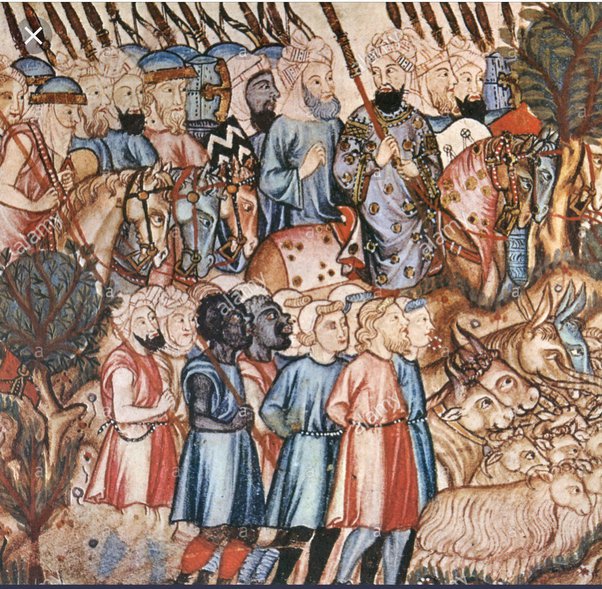History of Paella (Part 1)
Many towns claim paella as their own, but one thing is for sure, Spain has taken claim to this national dish.

Wed 31 Aug 2022
According to etymologist Joan Coromines, the Catalan term paella comes from the Old French word paella, meaning frying pan, which comes from the Latin word patella for pan; The word paella is related to the word paila, which is used in several Latin American countries. Paila is a type of cookware in Latin American Spanish that resembles metal and clay pans and is used for cooking and serving. Paella's Latin origin patella is related to the current French poêle, the Italian padella, and the Old Spanish Padilla.

Some suggest that the name paella derives from the Arabic word baqaayya, which means "leftovers." This assertion is based on an 8th-century custom in which Moorish kings' servants would carry home the leftover rice, poultry, and vegetables from the supper. However, it has been said that a flaw in this etymology is that the word paella was not attested until six centuries after James I invaded Moorish Valencia.
Valencian paella
Paella was originally a midday dish for farmers and farm laborers in Valencia. Workers would gather whatever they could find in the rice fields. Tomatoes, onions, and snails were frequently incorporated. Rabbit or duck were popular additions, with chicken appearing less often.
On exceptional occasions, Valencians in the 18th century utilized calderas to cook rice in the open air of their orchards near Lake Albufera. Water vole meat, along with eel and butter beans, was a common component in early paellas. In Cars y Barro (1902), a realistic novel about life among fishermen and peasants in Lake Albufera, novelist Vicente Blasco Ibáez describes the Valencia custom of eating water voles.
With the sociological developments of the late nineteenth century in Spain, living standards grew, giving birth to gatherings and outings in the countryside. This meal became so popular that a local Spanish newspaper used the word paella to refer to the recipe rather than the pan for the first time in 1840. This resulted in a modification in paella's ingredients, which now include rabbit, chicken, duck, and occasionally snails. Short-grain white rice, chicken, rabbit, snails (optional), duck (optional), butter beans, great northern beans, runner beans, artichoke (a winter substitute for runner beans), tomatoes, fresh rosemary, sweet paprika, saffron, garlic (optional), salt, olive oil, and water were the most commonly used, comprehensive ingredient list of this era.
Poorer Valencians, on the other hand, would sometimes eat snails solely. Many Valencians claim that just these components should be used to make modern paella Valenciana and that fish and shellfish are "totally out of the question." Another crucial guideline is that fresh rosemary should not be used for paella.